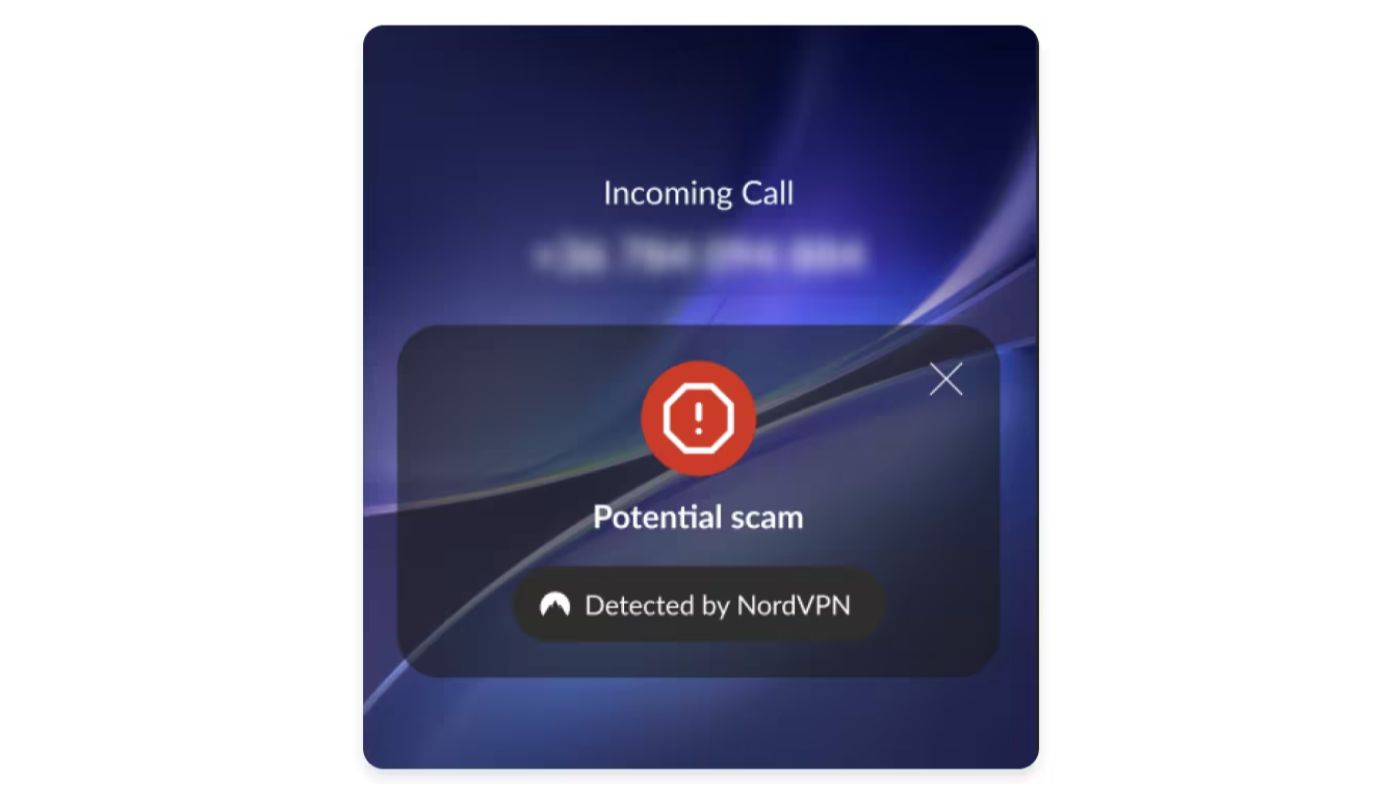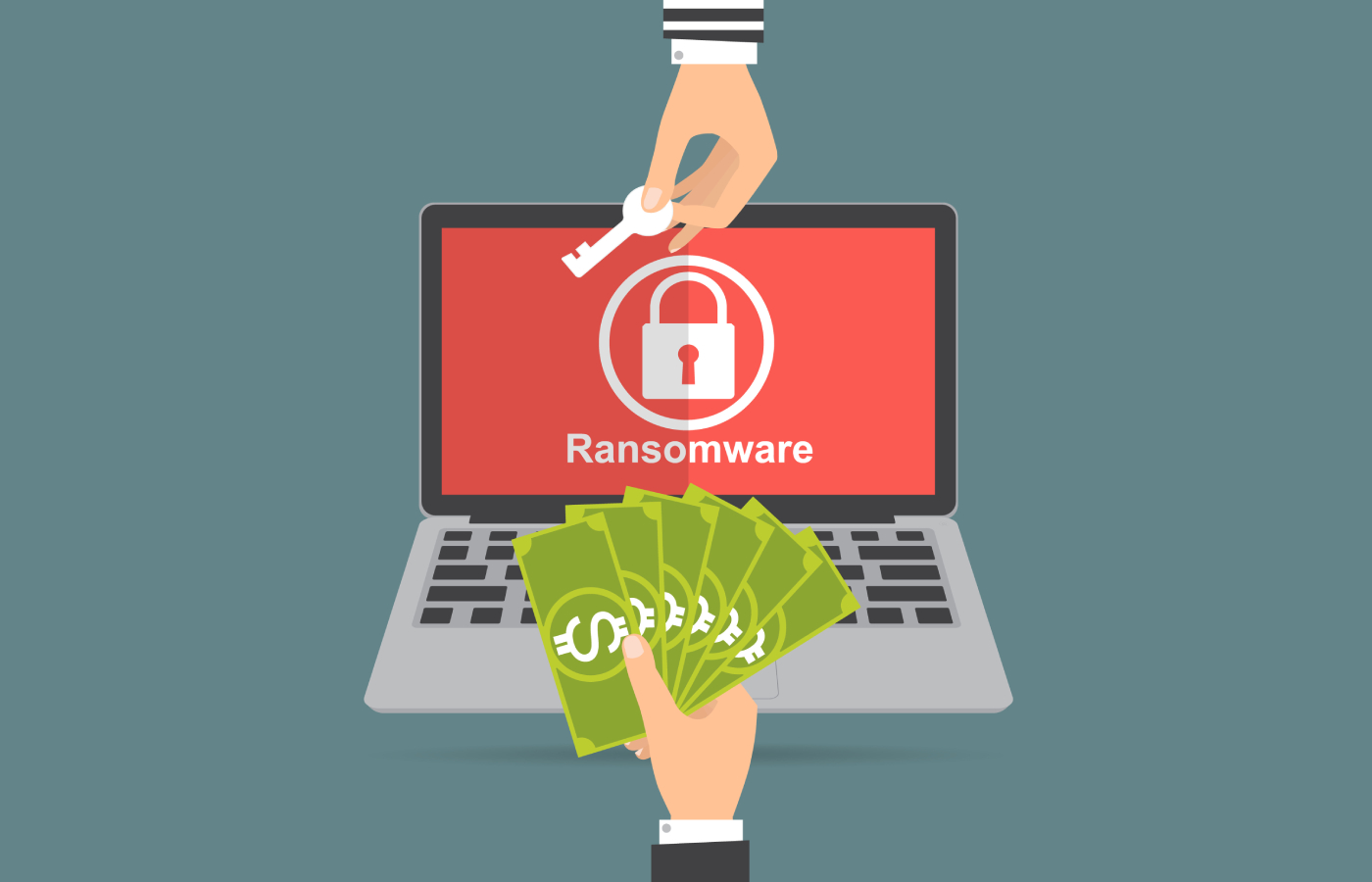It’s a familiar story: your email inbox is bursting with newsletters, sales promos, and spam you don’t remember signing up for. However, attempting to remove it may put your personal information at risk.
Cybersecurity experts are now warning that clicking the familiar “unsubscribe” button at the bottom of unwanted emails could lead to phishing scams or malware attacks.
According to a DNSFilter report cited by The Wall Street Journal, at least one out of every 644 unsubscribe links leads to a malicious website. This small percentage becomes particularly concerning when multiplied by the billions of spam emails sent daily.
Tim Keanini, chief technology officer at DNSFilter, told The Wall Street Journal: “Trust is relative. I trust my email client, but I don’t trust what’s inside the email.” When you click an unsubscribe link, you leave the safe environment of your email app and open a browser, a place where hackers have far more tools to exploit users.
SEE: Quick Glossary: Malware (TechRepublic Premium)
How these links can harm you
The dangers of fake unsubscribe links range from annoying to serious. At the mildest, clicking the link tells hackers that your email is active, which can lead to more spam or targeted phishing attempts later.
However, in more severe cases, users are redirected to phishing sites that appear to be legitimate pages. These fake websites may ask you to “confirm your identity” or log in to stop receiving emails, all designed to steal passwords, names, and phone numbers.
In some cases, experts say clicking the wrong unsubscribe link could also automatically download malware onto your device without your knowledge, especially if your browser has known security vulnerabilities.
Better, safer ways to clean up your inbox
There are safer alternatives to clicking unknown unsubscribe links. For instance, many email services, such as Gmail, display a built-in “unsubscribe” button near the top of marketing emails.
These options use verified metadata (called list-unsubscribe headers) and are considered much safer because they don’t rely on the email’s content itself, which may contain malicious code.
Experts recommend that if any unsubscribe page asks for your password or personal info, you should avoid it altogether. Instead of clicking links in suspicious emails, use the “Mark as spam” or “Report junk” options, block the sender entirely, or create disposable or separate email accounts for newsletters, shopping, and giveaways.
Clicking “unsubscribe” might feel like taking control of your inbox, but in today’s digital world, it could be opening the door to scammers. If you don’t trust the sender, don’t trust the link.




